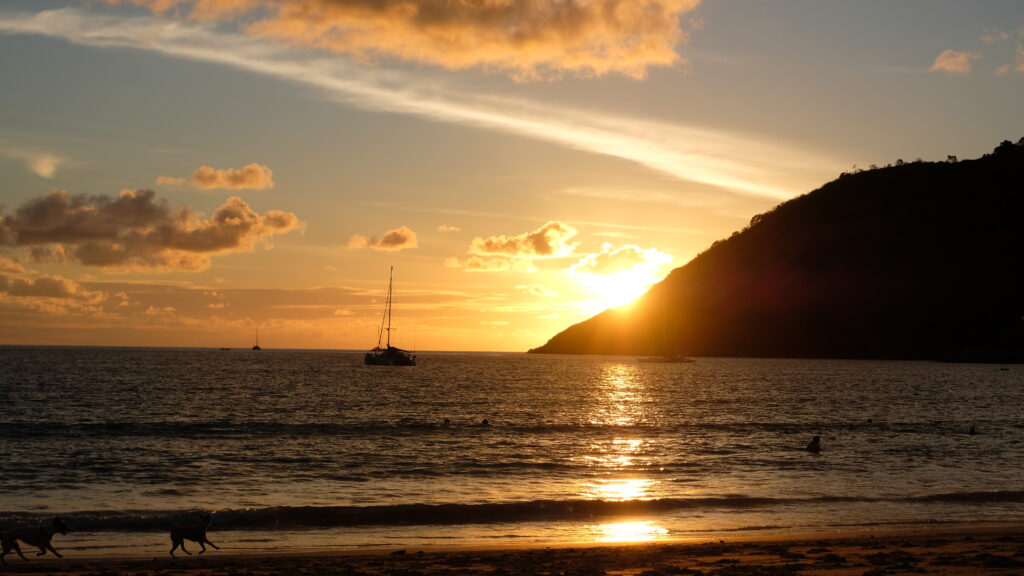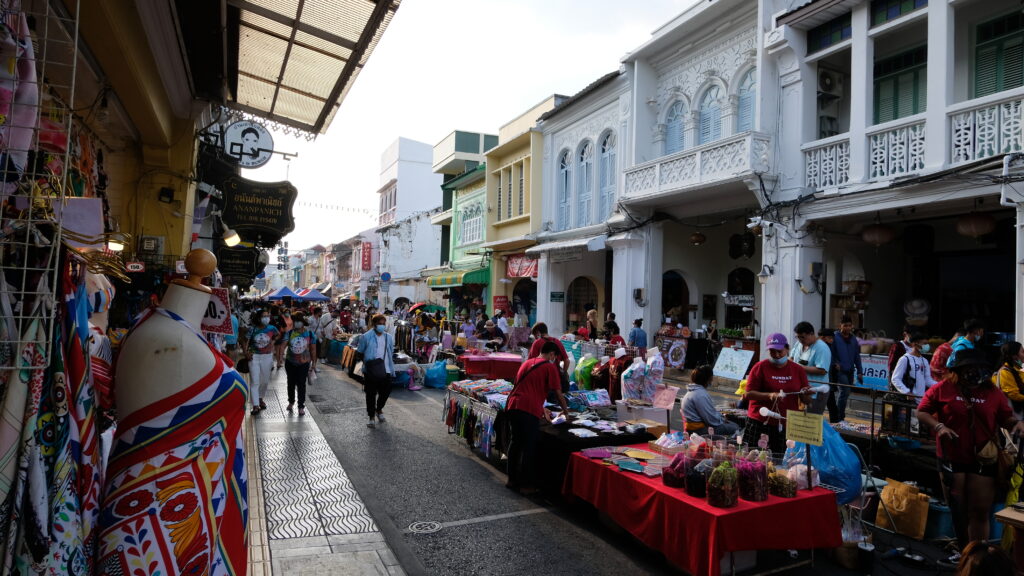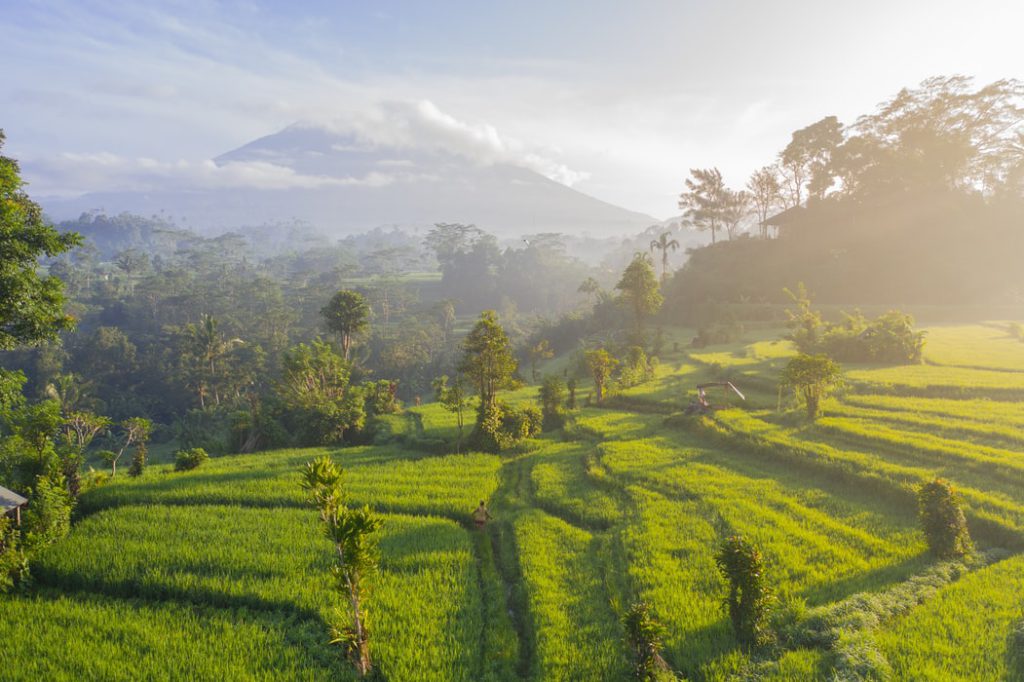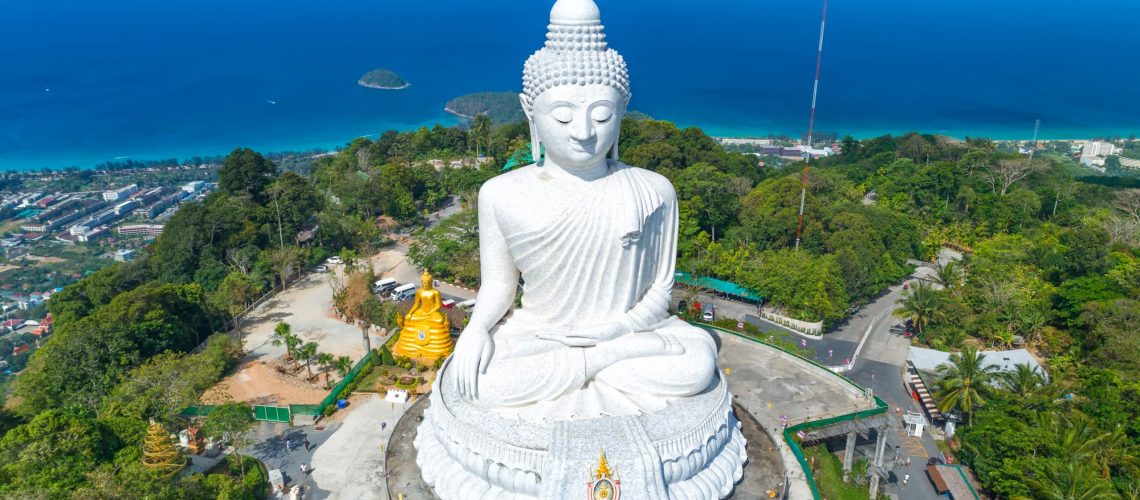Thailand was recently upgraded to the USA’s highest level of risk for travel. The announcement came this week amid record-breaking case numbers of coronavirus in Thailand, with the rise linked to the spread of the Delta variant. So, with the situation across Thailand looking uncertain, one would assume the Phuket sandbox experiment has faltered?
Well, that would be an oversimplification. The circumstances in Phuket are a little more complicated.
Last month, we gave the lowdown on all that the sandbox entails and what it could mean for visiting tourists.
For an on-the-ground perspective of the sandbox, Discova’s Thailand Country Manager, Andy Connor, offers some insight.
Phuket Sandbox: The Figures
The TAT (Tourism Authority Thailand) recently released figures showing that the Phuket sandbox had brought in some 14,000 international arrivals during the month of July, generating around $25 million in revenue for the island.
More importantly, for an island so dependent on tourism and craving some positivity, the month saw the creation of around THB 210 million in salaries for the local people.
So, what can we make of these figures? Do they constitute success or disappointment?
Andy Connor is circumspect about how things are going. “Ultimately, these numbers are a lot less than the initial targets for the programme. The authorities are suggesting we can expect 100,000 more foreign tourists this quarter. This would mean considerably fewer tourists visiting Phuket than first forecast.”
“Having said that, on the ground, there is positivity. Just walking around, I notice that some areas are a little livelier, with shops and restaurants that have been closed for over a year starting to open up. Taxi drivers are beginning to go back to work, too.”

“At my local beach in Nai Harn, the difference is tangible. Whereas before the beach would be frequented by locals and ex-pat dog-walkers, now there is a steady stream of holidaymakers. This is good for the restaurants and shops nearby, who now can rely on a little more custom throughout the day.”
“Speaking with our employees and suppliers who live across the island, we are seeing a similar story everywhere.”
“Believe me, subconsciously, that’s a huge step in the right direction for the island – just seeing places with a bit more activity.”
The view from Andy is that small steps in the right direction feel like giant strides. Prospects of renewed tourism on the island have got people feeling that little bit more optimistic. However, with the developing situation on the mainland, is there an existential threat to the progress?
A Push for Positivity
We cannot ignore the fact that Thailand as a whole is in the grips of its worst outbreak of the pandemic. Particularly in and around Bangkok, the trend of cases is worrying.
This has prompted tourism authorities in Phuket to engage in a Marketing effort – telling the world to treat Phuket as a separate entity, a safer green zone apart from the rest of Thailand.
This is essentially true. Domestic travel is not allowed under the latest national lockdown meaning travellers from Bangkok or Chiang Mai cannot enter Phuket.
Also, around 5% of the national population are vaccinated. Yet, while the vaccination drive across the country is stalling, the situation in Phuket is different, where almost 90% of the population have received their first dose. For Discova staff, all those working in Phuket, including our full-time drivers, have received both doses of their vaccinations.

Daily new cases in Phuket are hovering around 80 in the past week. This marks a slow and steady rise but is not comparable to the more significant outbreaks seen elsewhere in the country. Moreover, authorities on the island say these cases are not being transmitted locally but are a consequence of incoming migrant workers at the docks, distancing the figures from tourist activity.
In short, authorities maintain that Phuket is pressing on with its plans towards a larger opening. Reflecting this, the TAT has pushed ahead with plans for the 7 + 7 model to be put in place from 16th August. This expansion of the sandbox allows visitors to spend 7 days in Phuket before heading on to other permitted locations, including Krabi, Khao Lak, Phang Nga, and Koh Samui.
For Phuket, this is a planned next step in an approach whereby each gradual opening is working towards a hopefully lucrative peak season from December to March. This slow and steady approach will also allow for continual monitoring of the situation, allowing for adaptation as necessary if circumstances change.
As Andy highlights, these small steps are working wonders for the morale of the island. One hesitates to contemplate the effect of a potential backtrack on the community spirit. So, is it a case of caution being the best available option?
High Stakes
The significance of the sandbox cannot be underestimated. Across Asia, other island destinations are closely monitoring the outcomes for Phuket. Bali in Indonesia, Langkawi in Malaysia, Phu Quoc in Vietnam; these island destinations all heavily rely on tourism and are desperate for a good news story.

These pilot tourism schemes are not without controversy; can governments prioritise vaccinations for a single island when the economic benefits may be confined to that island? Is it equitable to restrict domestic travel while encouraging international travel? Is it even advisable to encourage international with the possibility of variants causing havoc on unvaccinated populations across Asia?
These are complex issues to wrestle with, meaning that the close monitoring of the situation in Phuket is vital for everybody within the tourist industry.
To hear more about the latest developments in Phuket and the rest of Thailand, keep a close eye on our blog for updates. If you have specific questions about the situation in any of our destinations, our teams are all ears and happy to help in any way.


